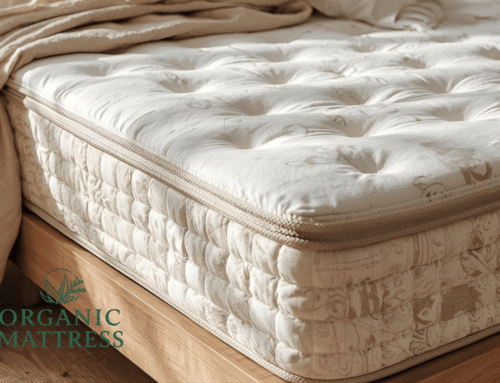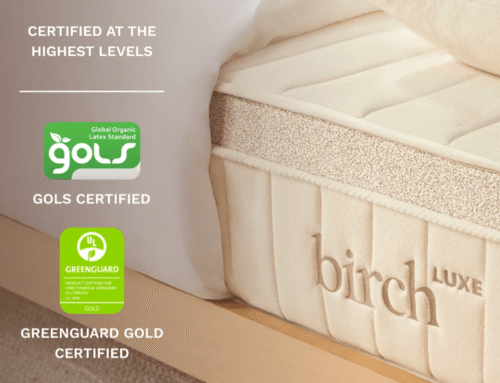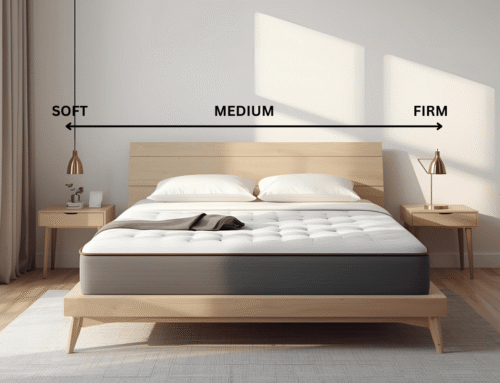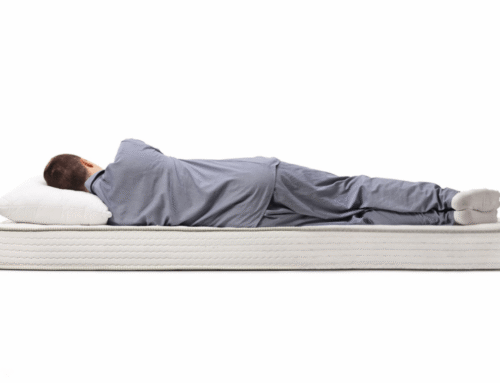Deciding between an innerspring mattress and memory foam depends on personal comfort and sleep needs. Innerspring mattresses provide a bouncier and more responsive feel due to their coil systems, which also improve airflow and help keep sleepers cooler. Memory foam, however, contours closely to the body, provides pressure relief, and reduces motion transfer, though some sleepers find it retains more heat.
Understanding the basics of what an innerspring mattress is, the difference between innerspring and pocket coil construction, the distinction between hybrid and innerspring designs, and the origin of the first innerspring mattress adds helpful context to the comparison.
Support and durability differ between these two mattress types. Innerspring mattresses deliver firmer support and remain durable over time, especially for those who prefer a traditional and springy surface. Memory foam excels at cushioning and adapting to body curves, which benefits side sleepers or anyone experiencing joint pain, but it may soften faster and feel warmer during the night.
This guide helps identify which mattress suits different sleeping styles and preferences by covering comfort, support, and durability. It explains how each mattress manages motion isolation and pressure relief for a more informed decision that matches individual body needs and budget.
Key Takeaways
- Memory foam contours to your body for pressure relief, while innerspring offers firmer support and easier movement.
- Foam beds usually last longer than spring ones. High-density foam and tempered coils hold up best over time.
- Memory foam absorbs motion, which makes it ideal for couples. Spring beds tend to transfer more movement.
- Innerspring mattresses stay cooler thanks to better airflow, while foam can retain heat despite cooling features.
- Memory foam is easier to ship and set up, but both types need regular rotation to prevent early sagging.
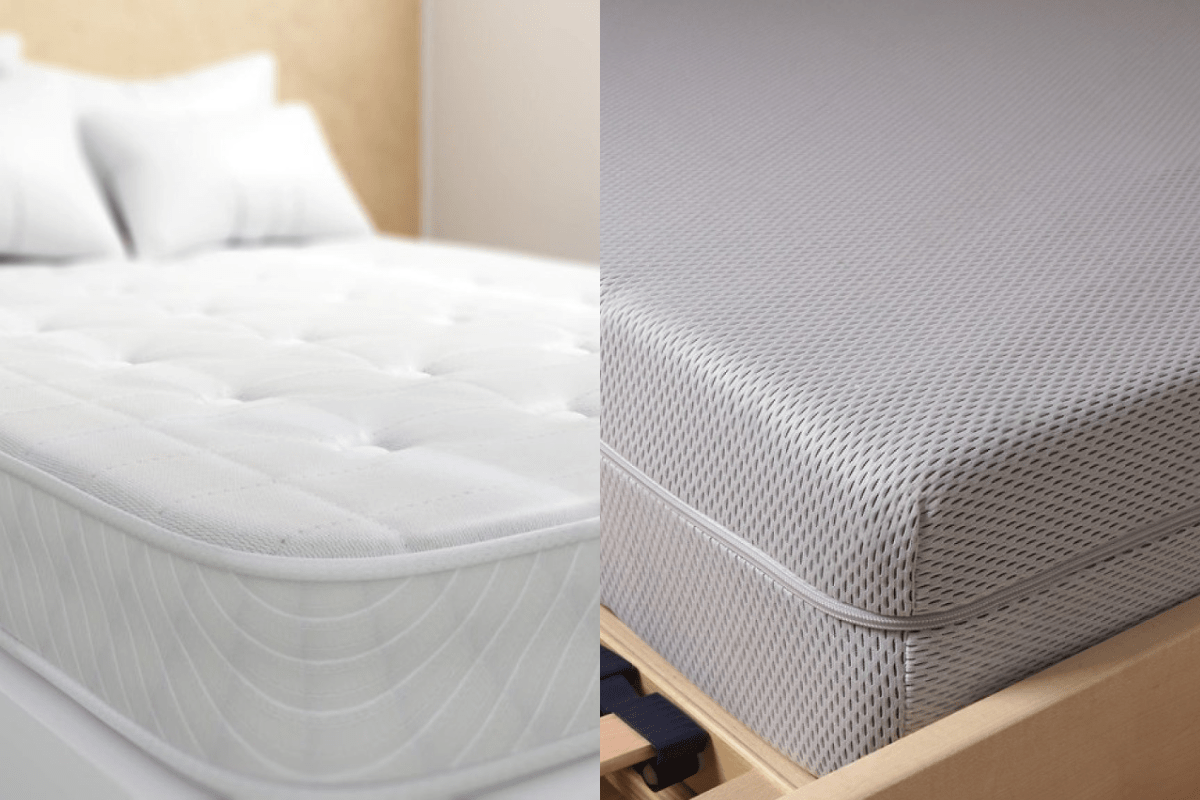
Comfort And Support
Innerspring mattresses rely on steel coils for structure and a responsive bounce. Their comfort layers are thinner, usually made of foam or fiber, which gives a firmer and more supportive feel. This setup suits sleepers who prefer a surface that offers more lift and easier movement during the night. Knowing how to pick the best innerspring mattress and what factors to consider helps ensure you choose the right one for your needs.
Memory foam mattresses adapt closely to the body by softening with heat and pressure, which creates a sensation of being gently cradled. This contouring provides strong pressure relief, especially for side sleepers or those who want that enveloping comfort. However, some might find memory foam too soft or that it traps them in a “sinking” feeling.
The firmness and bounce of innerspring beds support proper spinal alignment, which benefits back and stomach sleepers. Their design encourages a more elevated sleeping experience, contrasting with the deep hug that memory foam provides. Each mattress type caters to different preferences in comfort and support.
Durability
Durability largely depends on the materials used in a mattress. Innerspring mattresses with standard coils begin to sag after about 5 to 7 years, especially when the coils lack proper tempering or reinforcement. Additionally, lower-quality foam layers tend to lose their shape and firmness fairly quickly. How long an innerspring mattress lasts and how often you should turn it both are essential in maintaining its lifespan and performance.
Memory foam mattresses last better when constructed with high-density foam, usually around 5 pounds per cubic foot or more. These types of mattresses can last closer to 8 to 10 years. However, lower-density memory foam models may deteriorate faster than some innerspring options, so quality is crucial.
For those considering long-term use, checking foam density or coil gauge is important. These specifications provide a better idea of how well a mattress will maintain support and comfort over time to help avoid surprises after a few years.
Pressure Relief
Pressure relief is important for those with joint pain or sensitive areas. Memory foam distributes body weight evenly, which eases stress on hips, shoulders, and knees. This feature benefits side sleepers the most for a gentle cushioning effect that reduces discomfort.
In contrast, innerspring mattresses lack this level of contouring. The coil system can create resistance against natural body curves, sometimes leading to pressure points. Although some modern innerspring models include pillow tops or zoned foam layers to address this, they do not match the deep and enveloping feel that memory foam provides.
People who prioritize comfort around sensitive joints usually find memory foam’s ability to adapt to the body’s shape more effective. The difference in pressure relief can impact sleep quality, especially for those who experience aches during the night. This makes the choice of mattress material important depending on personal comfort needs.
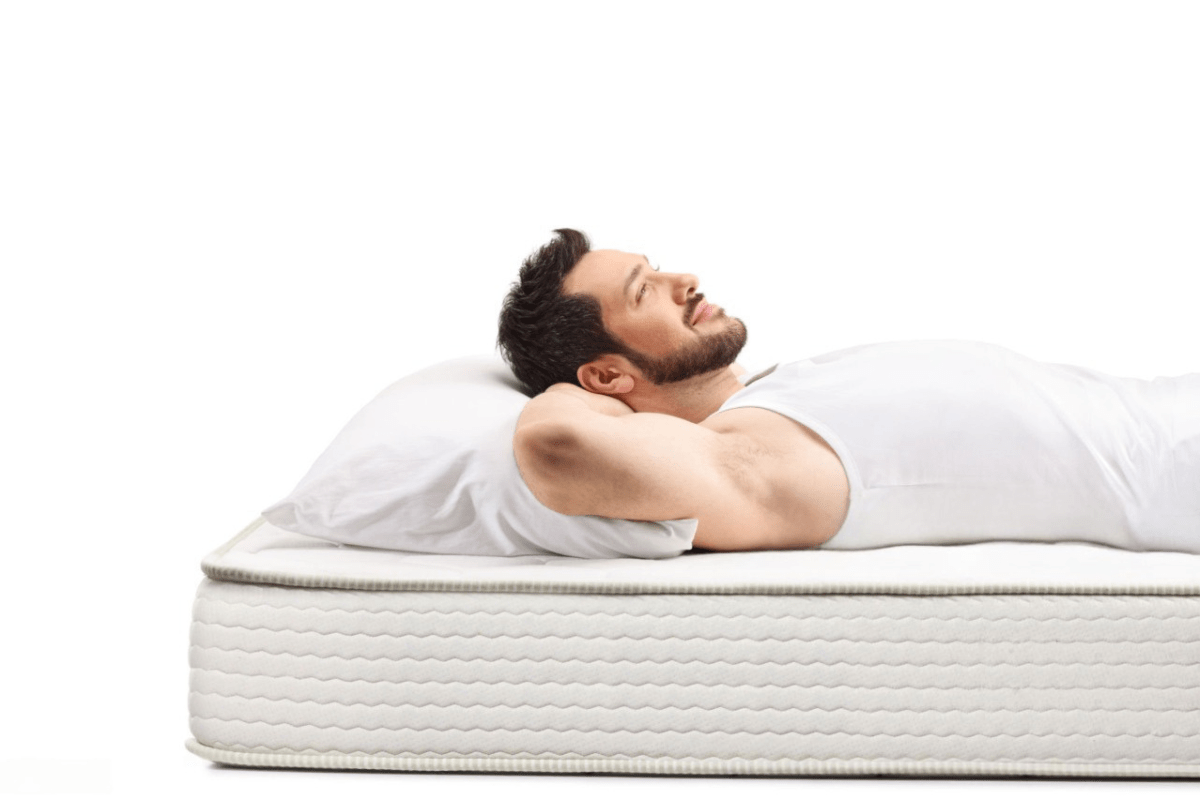
Motion Isolation
Memory foam is great at minimizing motion transfer, which helps reduce disturbances caused by a partner’s movements during the night. Because the material absorbs and dampens motion, shifts on one side of the bed rarely ripple across to the other side. This creates a calmer sleeping environment for those easily awakened.
In contrast, innerspring mattresses, particularly those with interconnected coils, transfer motion more noticeably. Movements like tossing, turning, or pets hopping on the bed can easily be felt on the opposite side. This can disrupt sleep, especially for sensitive sleepers.
For couples who prioritize uninterrupted rest, memory foam mattresses often offer a more peaceful experience. The way the foam isolates movement tends to suit light sleepers better than traditional coil systems.
Temperature Control
Innerspring mattresses provide better temperature control due to their coil design. The coil system allows air to circulate more easily, which helps reduce heat buildup during the night. This design naturally supports cooler sleeping conditions for those who tend to overheat.
Memory foam generally holds onto body heat and causes some sleepers to feel warmer. Although many brands add cooling gels or use open-cell foam to improve airflow, these features don’t completely solve the issue. The material itself still retains more warmth compared to coils.
For people who experience night sweats or simply prefer a cooler surface, coil mattresses usually feel more breathable. The open structure lets heat escape better and creates a fresher sleep environment. This creates a clearer difference in comfort compared to foam.
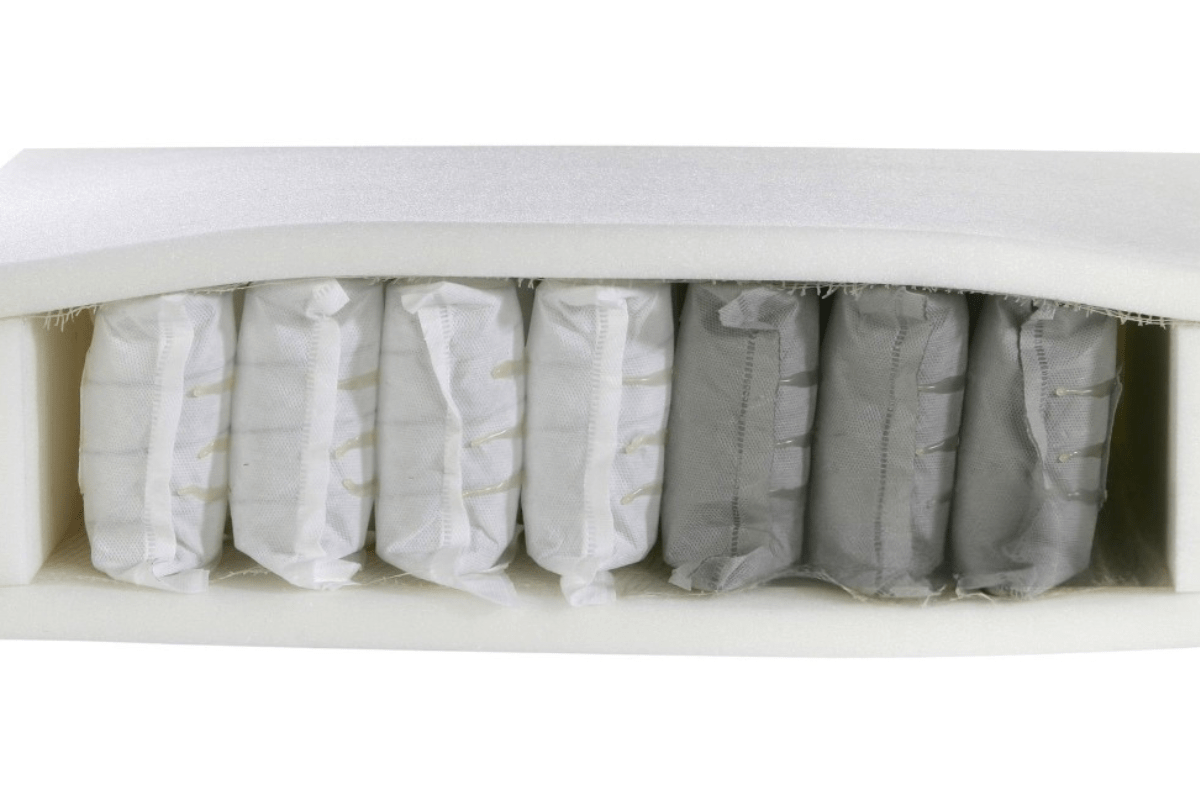
Sleep Position
Sleep position is important in choosing a mattress. Side sleepers find memory foam helpful because it cushions pressure points and molds to the body’s shape. This type of mattress helps ease discomfort around the hips and shoulders during the night.
Back sleepers have more flexibility but still need proper spinal support. A mattress with medium to firm support, whether foam or innerspring, helps maintain the spine’s natural curve. This balance prevents lower back pain and promotes restful sleep.
Stomach sleepers usually require a firmer mattress to avoid the hips sinking too deeply. Coil mattresses with firmer support often keep the spine aligned better for this position. Without enough firmness, the lower back can arch unnaturally, which can lead to discomfort over time.
Firmness Level
Memory foam and innerspring mattresses come in various firmness levels, from soft to extra-firm, yet the experience differs significantly between the two. Memory foam feels slower to respond and more enveloping at medium-firm ratings, while innerspring mattresses provide a livelier and springy sensation.
The difference lies in their construction. Memory foam uses layers that contour closely to the body and create a sinking feeling. In contrast, coil systems in innerspring beds provide bounce and immediate pushback, which alters how firmness feels despite similar ratings.
Testing mattresses in person proves helpful because firmness ratings fail to capture how each type feels on the body. Comfort and support vary among individuals, so experiencing both types firsthand provides the best insight into which firmness suits personal preferences. Additionally, the number of coils and its overall weight affect both its firmness and the ease of setup and maintenance.
Maintenance And Setup
Memory foam mattresses usually arrive compressed in a box and quickly regain their shape once unwrapped to add convenience to the setup process. In contrast, innerspring mattresses are heavier and more cumbersome to handle but remain ready to use immediately upon delivery. This difference affects how easily someone can set up their new bed.
Rotating coil mattresses helps maintain their support and prevents uneven wear, although most modern innersprings come with a one-sided design and should not be flipped. Memory foam mattresses also benefit from occasional rotation to extend their lifespan, but flipping remains unnecessary since they generally feature a single sleep surface. Following these care tips preserves comfort and durability.
Proper maintenance depends on the mattress type, and understanding these differences contributes to a longer-lasting sleep surface. Both mattress styles require unique care, and regular rotation serves as a simple step to support their structural integrity over time. This approach helps avoid premature sagging and keeps the bed comfortable for longer.
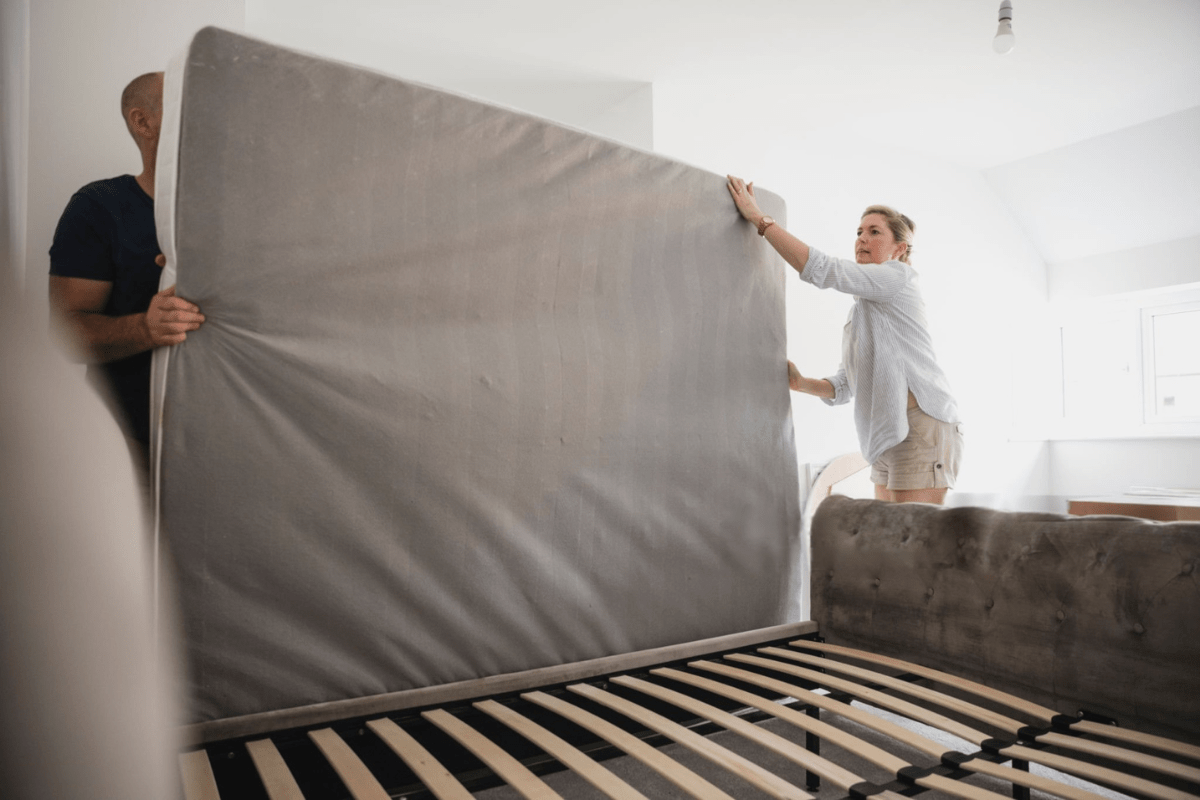
Pros And Cons
Memory foam mattresses provide excellent pressure relief, which eases tension on joints and muscles during sleep. They also isolate motion well and prevent movements from disturbing a partner. High-quality memory foam lasts longer, preserving comfort over time.
Innerspring mattresses usually sleep cooler because airflow moves freely around the coils, making them a solid choice for those who tend to overheat at night. Their responsive, bouncy feel allows easier movement, which some sleepers prefer. They come with a lower upfront cost, which makes them more accessible.
However, memory foam can trap heat, causing discomfort for some sleepers. Its sinking sensation does not suit everyone, especially those who prefer firmer support. Innerspring mattresses tend to transfer motion, which might disrupt a partner, and offer less pressure relief than foam options.
Final Thoughts
Innerspring and memory foam mattresses provide different experiences that suit various sleepers. The coil system in innersprings provides a bouncy and responsive feel and encourages airflow, which helps those who tend to sleep hot. Memory foam contours closely to the body, which offers pressure relief and motion isolation, appealing to people who prefer a more cradling sensation.
Personal factors like sleeping position, weight, and any specific aches or pains affect how a mattress feels over time. Testing mattresses in person reveals subtle differences that descriptions or reviews might not capture. Talking with knowledgeable staff who understand sleep health, not just sales tactics, also provides insights tailored to individual needs.
Exploring options before making a decision usually leads to greater satisfaction. Taking the time to feel how each mattress responds and supports helps avoid discomfort or regrets later. Good rest depends on finding the mattress that fits unique preferences and sleep patterns.

